Family Crests (Kamon) on Kimonos: History, Symbolism, and Kyoto Traditions
- Introduction
- 1. What Are Kamon?
- 2. The Origins of Kamon in Kyoto
- 3. Kamon and Samurai Culture
- 4. Placement of Kamon on Kimonos
- 5. Symbolism Behind Kamon Designs
- 6. Kamon in Kyoto Ceremonies
- 7. Kamon in Modern Kyoto Fashion
- 8. Experiencing Kamon in Kyoto as a Visitor
- 9. The Art of Kimono Photography in Kyoto
- 10. Why Kamon Still Matter
- Conclusion
Introduction
When you walk through the streets of Kyoto, the former imperial capital of Japan, it’s impossible not to notice the elegance of kimonos. Beyond their beautiful fabrics and vibrant seasonal colors, some kimonos carry a deeper meaning: family crests, or kamon. These symbols, often circular in shape, tell stories of lineage, honor, and social identity.
In this article, we will explore the origins of kamon, their connection to kimonos, their symbolism, and how you can still experience this unique tradition in Kyoto today.
👉 And if you want to capture your own memorable kimono experience in Kyoto, book a professional photo session with us: AllPhotos Kyoto.
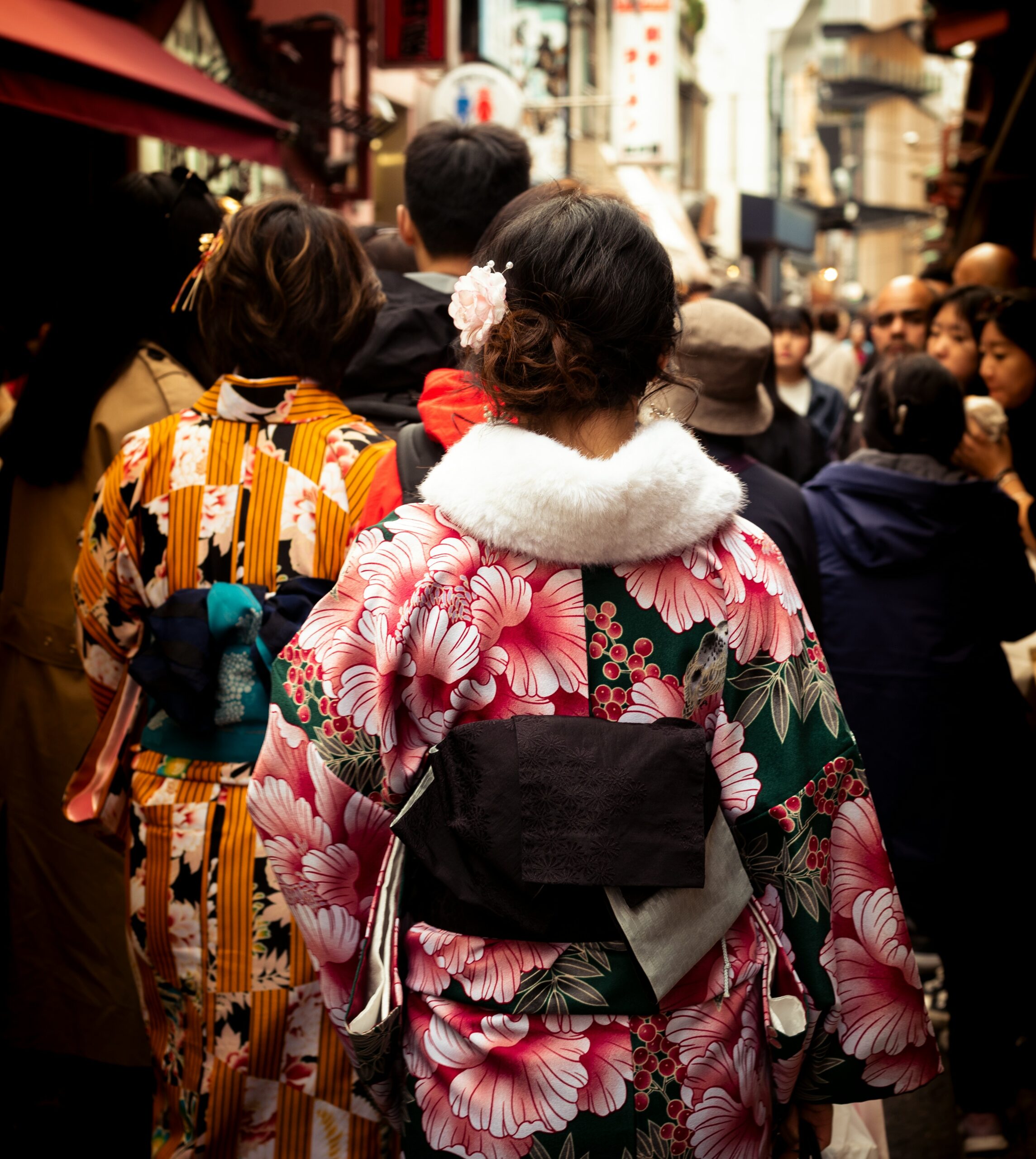
Traditional kimono worn in Kyoto, showcasing the elegant back view where family crests (kamon) are traditionally placed
1. What Are Kamon?
Kamon (家紋) are traditional Japanese family crests. They functioned like coats of arms in Europe, representing family identity, status, and even political allegiance. These crests were originally used by samurai families but eventually spread across society.
Designs: Typically simple, geometric, and symmetrical.
Themes: Nature (flowers, plants, animals), objects (fans, drums), and religious motifs.
Usage: Displayed on clothing, banners, houses, and most importantly—on formal kimonos.
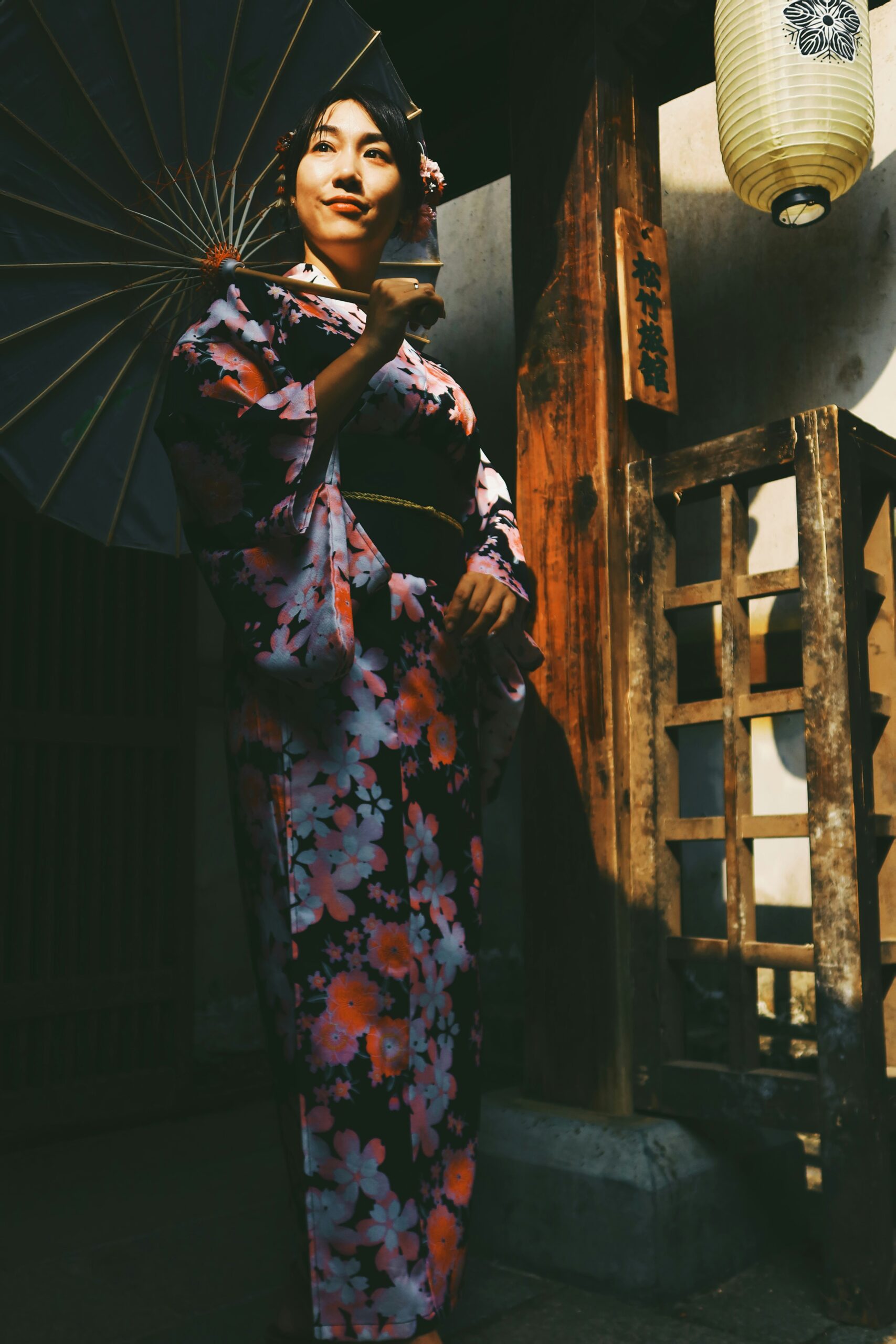
Detailed view of traditional kamon designs showing the intricate craftsmanship and symbolic patterns
2. The Origins of Kamon in Kyoto
Kyoto, as the cultural and political center of Japan for centuries, was the birthplace of many kamon designs. Samurai clans during the Heian (794–1185) and Kamakura (1185–1333) periods first used crests for battlefield identification.
Over time, these symbols became fashionable in court life and were adopted by noble families in Kyoto. Tailors began weaving or embroidering kamon onto kimonos, turning the garments into living symbols of family heritage.
3. Kamon and Samurai Culture
The relationship between kamon and the samurai is undeniable:
Battlefield Use: Samurai banners (nobori) and armor bore kamon for identification.
Kimono Integration: During peacetime, samurai wore kamon on their formal kimono (montsuki).
Number of Crests: Traditionally, formal male kimono bore five kamon—on the back, chest, and sleeves.
Even today, when you see a black montsuki with white kamon, you are looking at a direct continuation of samurai tradition.
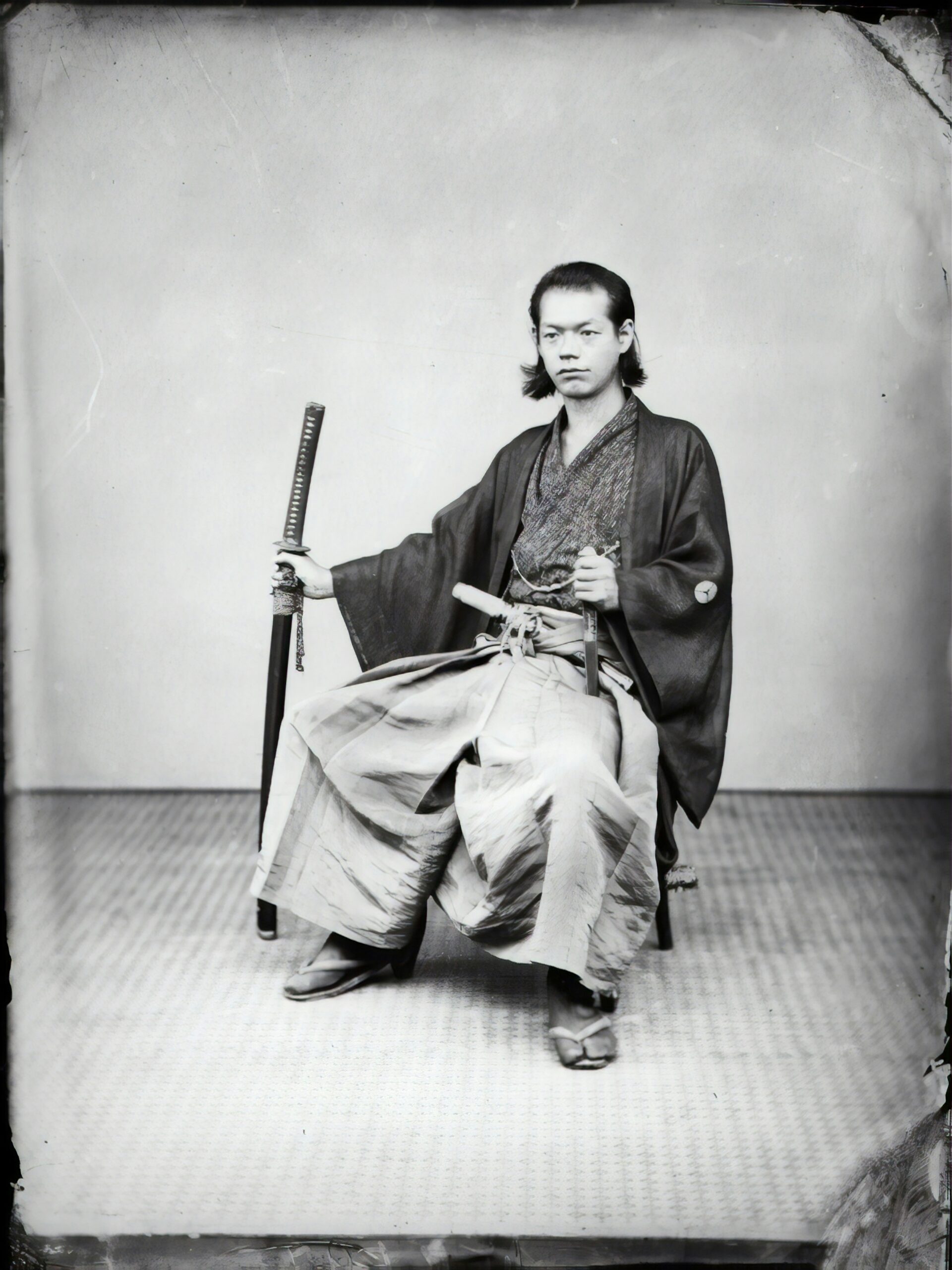
Traditional black montsuki kimono with white kamon crests, continuing the samurai tradition of formal wear
4. Placement of Kamon on Kimonos
On formal kimonos, kamon placement follows strict rules:
- Center Back – between the shoulders
- Both Sleeves – upper part
- Both Front Chest Panels
For less formal wear, three or one kamon may be used. Women’s kimonos also followed these rules, especially for weddings and ceremonial attire.
5. Symbolism Behind Kamon Designs
Every kamon carries meaning. Here are some common motifs and their symbolism:
- Chrysanthemum (Kiku 菊): Imperial family, longevity, rejuvenation.
- Wisteria (Fuji 藤): Elegance, nobility.
- Bamboo (Take 竹): Resilience, strength.
- Plum Blossom (Ume 梅): Renewal, hope.
- Hawk (Taka 鷹): Courage, sharp vision.
These crests not only marked family identity but also conveyed aspirations and values.
6. Kamon in Kyoto Ceremonies
In Kyoto today, you can still witness kamon during traditional ceremonies:
Weddings: Brides wear kimonos with family crests embroidered in subtle tones.
Tea Ceremonies: Hosts may wear montsuki with kamon.
Funerals: Black kimonos with crests are still worn by family members.
This continuity shows how kamon remain alive in modern Japanese culture.

A Japanese bride in traditional wedding kimono adorned with family crests, representing the continuation of ancestral traditions
7. Kamon in Modern Kyoto Fashion
While fewer people wear formal kimonos daily, kamon continue to inspire fashion and design in Kyoto:
- Kimono rental shops sometimes include montsuki with crests.
- Kyoto artisans use kamon patterns in accessories, textiles, and souvenirs.
- Graphic designers reinterpret kamon for logos and branding.
In this way, kamon bridge the gap between tradition and contemporary culture.
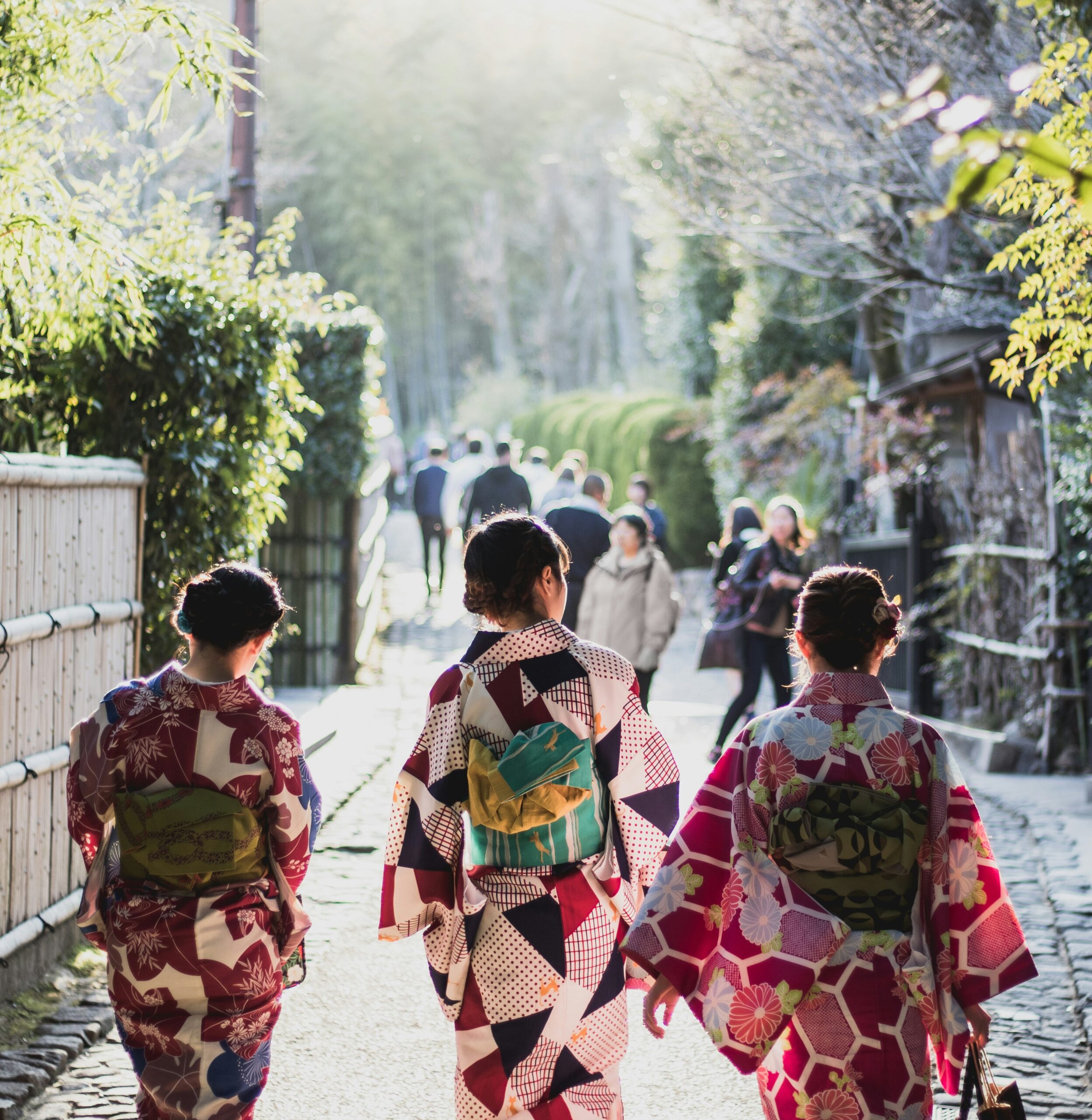
Modern kimono culture in Kyoto’s historic streets, where traditional elements like kamon continue to thrive
8. Experiencing Kamon in Kyoto as a Visitor
If you are visiting Kyoto, here are some ways to experience kamon:
Kimono Rental & Photography: Many studios offer kimonos with kamon, perfect for cultural immersion.
👉 Book yours here: AllPhotos Kyoto.
Museums: The Kyoto National Museum and Nishijin Textile Center showcase historic garments with kamon.
Temples and Shrines: Family crests can often be seen carved into wooden gates or painted on lanterns.
Souvenirs: Look for kamon-inspired fabrics, stationery, and ceramics.
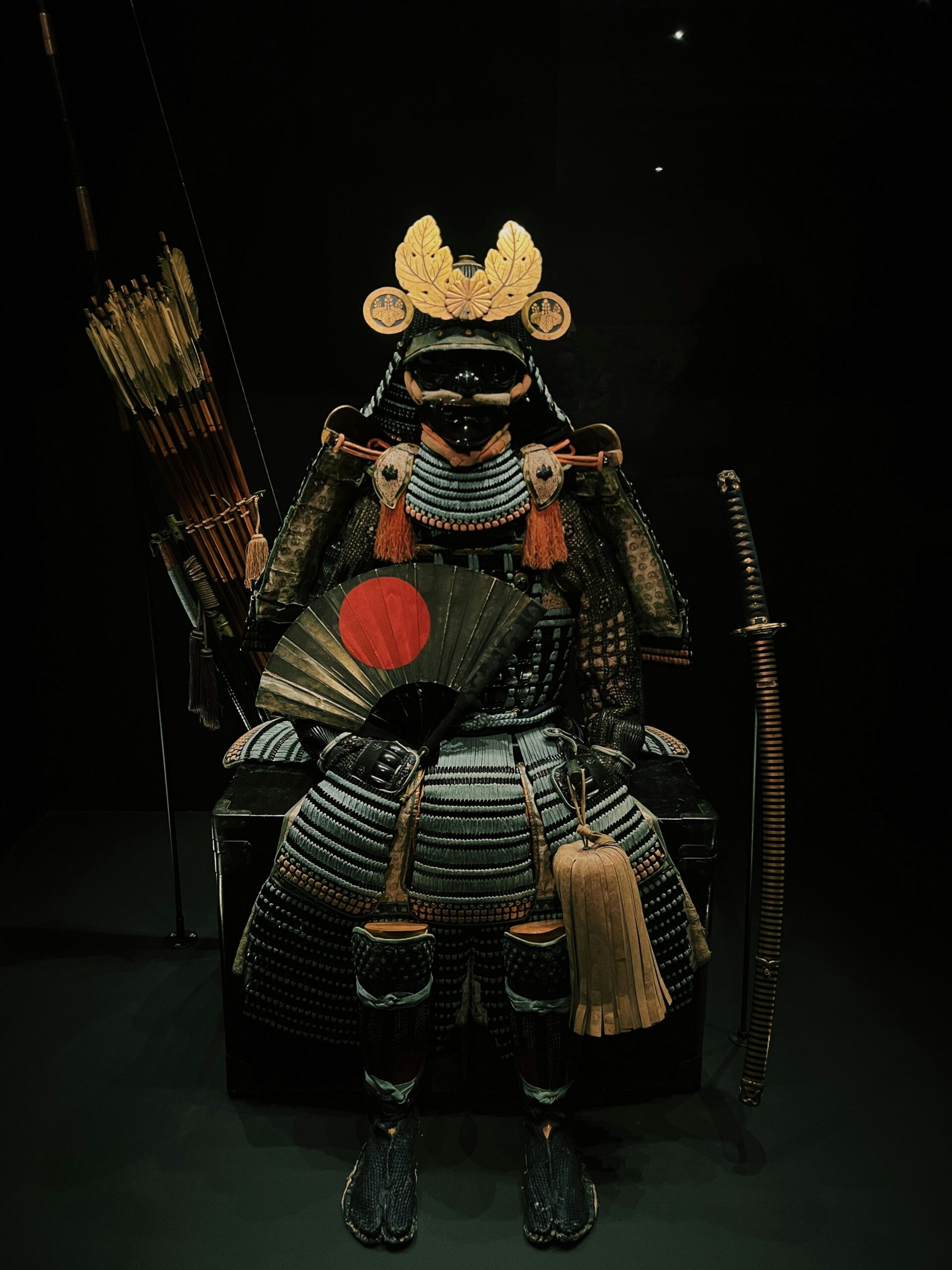
Historic samurai armor displaying traditional kamon, preserved in museums for cultural education
9. The Art of Kimono Photography in Kyoto
Wearing a kimono in Kyoto is more than fashion—it’s a cultural experience. Professional photographers can capture the elegance of both the garment and the wearer, highlighting kamon details in the process.
At AllPhotos Kyoto, we specialize in:
- Couples’ kimono photography
- Family sessions with children in traditional attire
- Solo portraits in historic areas such as Gion, Yasaka Shrine, and Kiyomizu Temple
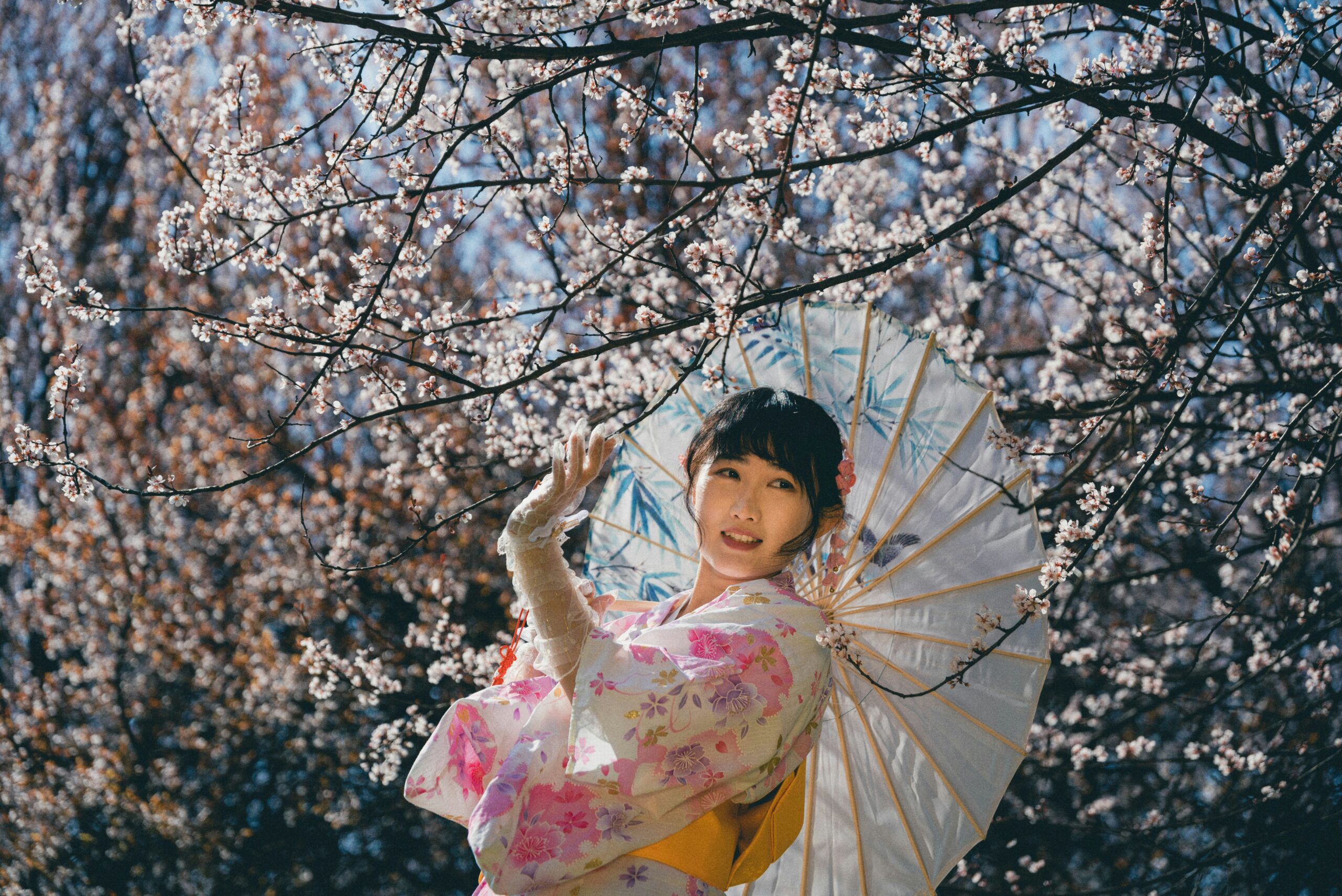
A tea ceremony host in traditional kimono with family crest, maintaining the cultural traditions of Kyoto
10. Why Kamon Still Matter
Kamon represent a link between past and present. They remind us of the importance of heritage, the artistry of kimono design, and the values passed down through generations.
Kyoto, with its preservation of traditional arts, remains the best place in Japan to experience kamon not as relics of the past but as living symbols still worn with pride.
Conclusion
From samurai battlefields to Kyoto’s quiet tea houses, kamon on kimonos continue to tell stories of identity, resilience, and beauty. Whether you are a cultural enthusiast, a fashion lover, or simply someone seeking a unique experience in Kyoto, discovering kamon will enrich your journey.
👉 Don’t miss the chance to preserve your own Kyoto memories: Book your kimono photography experience here.
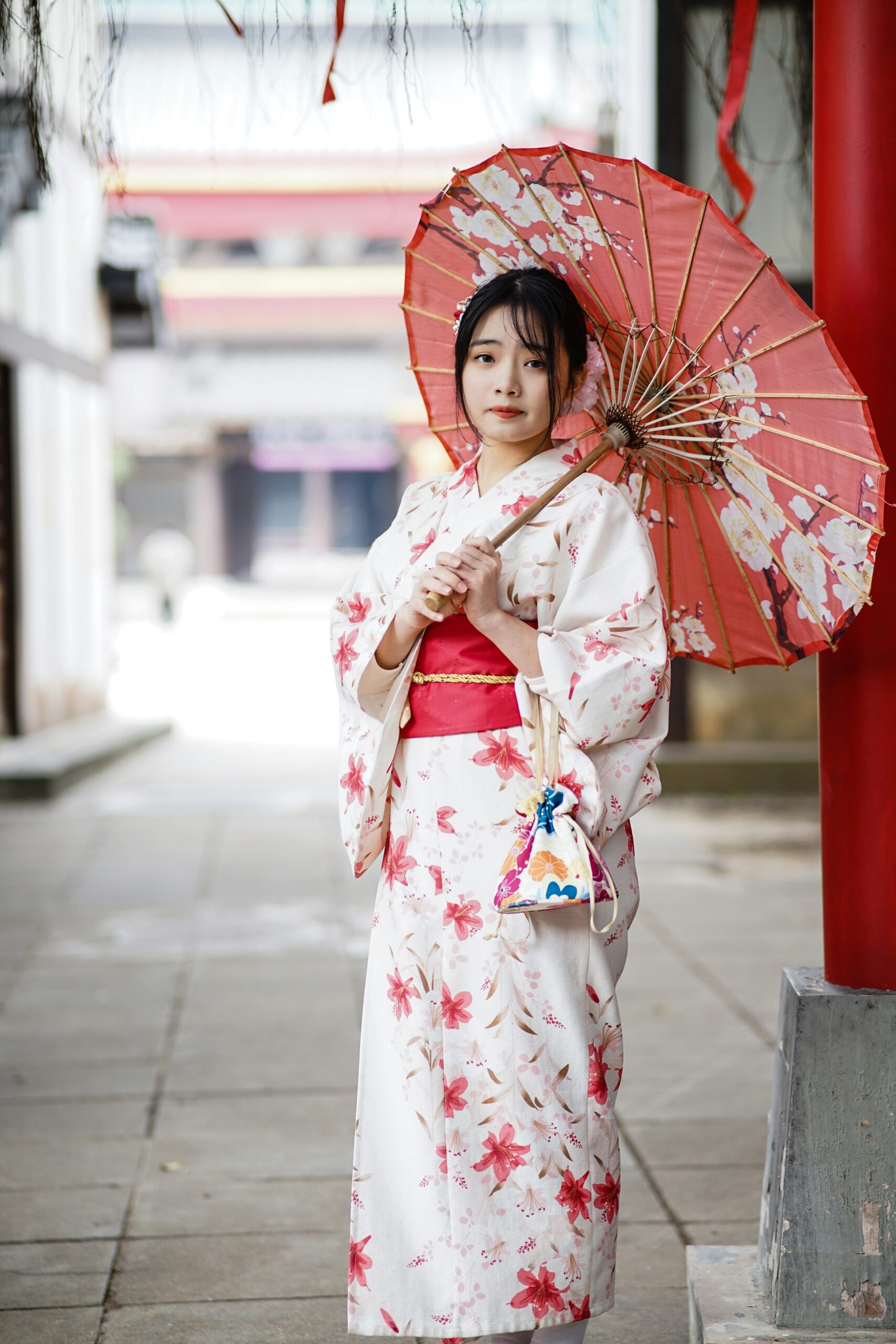


コメント